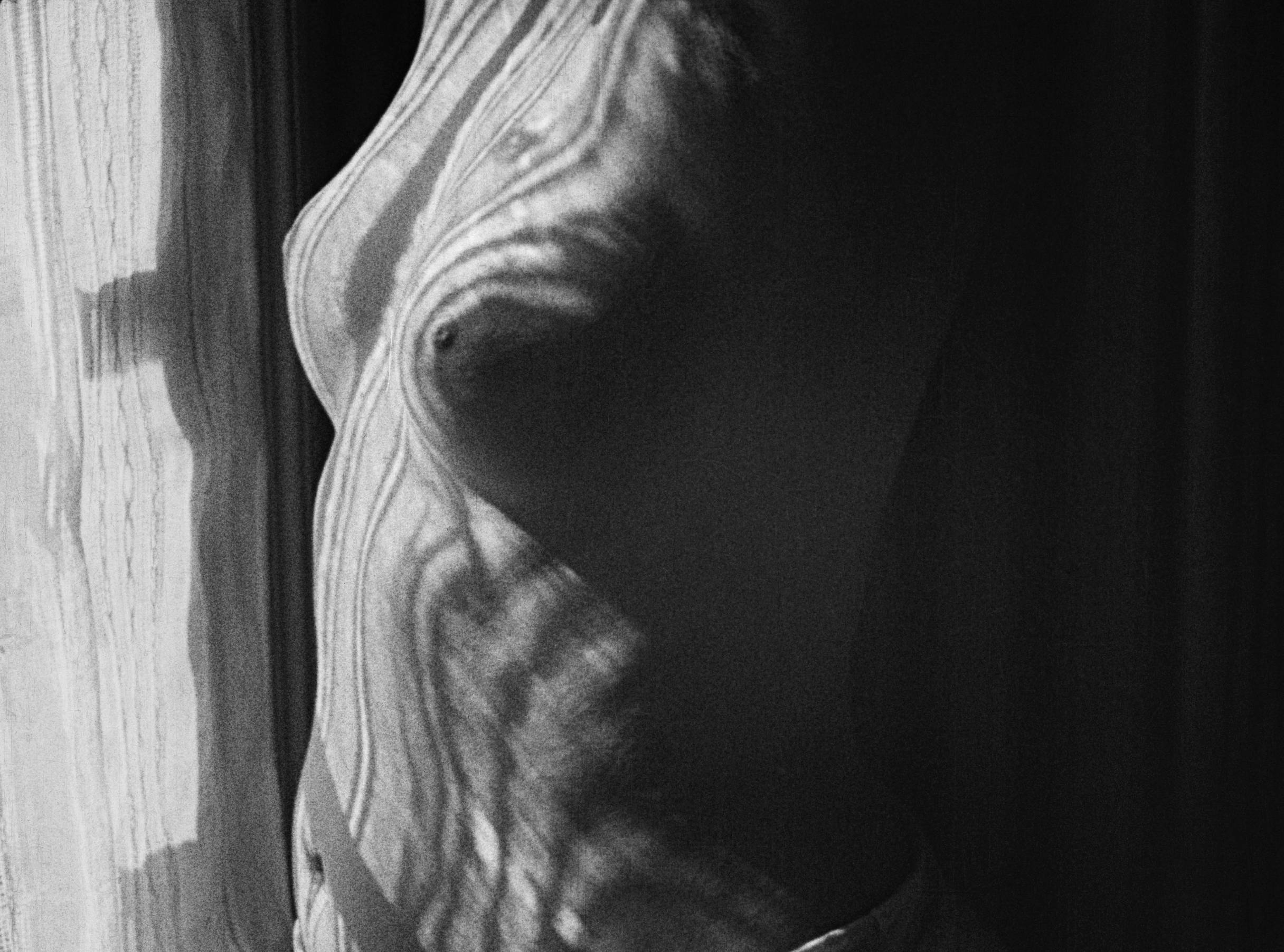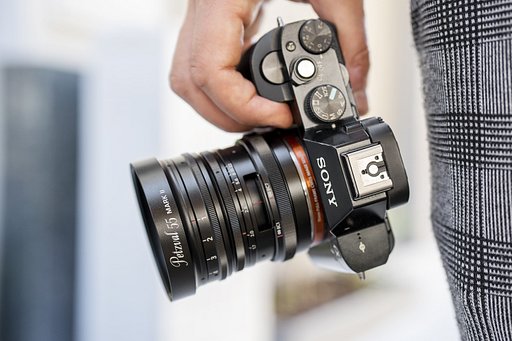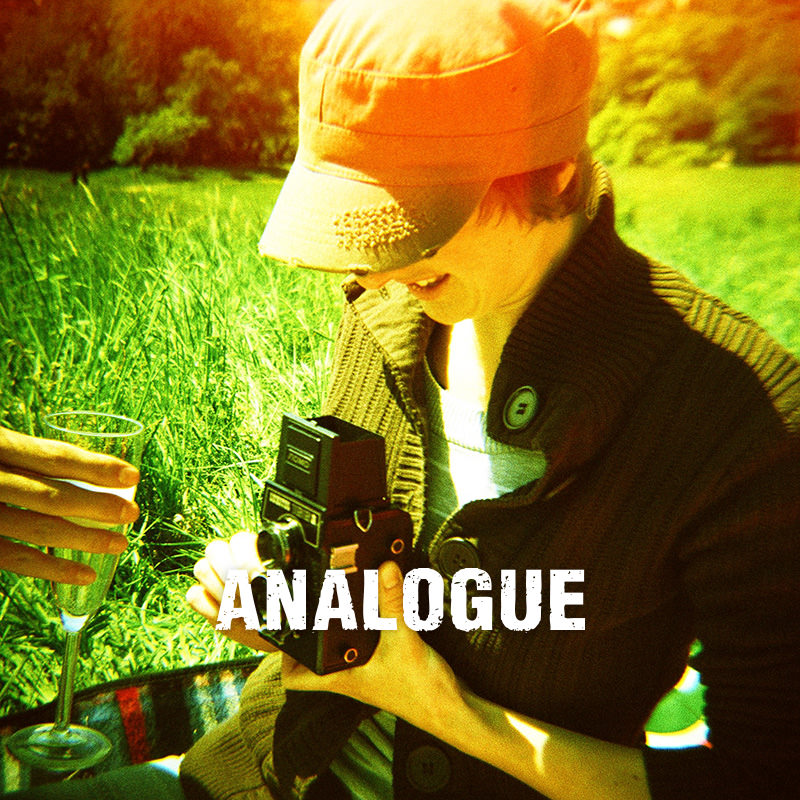Return to Reason: Man Ray at the Viennale Film Festival
3 8At the Viennale Film Festival this year, four short surrealist movies directed by Man Ray, collectively called Return to Reason, were shown to a full audience, after undergoing a 4K digital restoration. The works were accompanied by the soundtracks of SQÜRL (Jim Jarmusch und Carter Logan) composed especially for the collection.
Return to Reason takes its name from Ray’s first movie, which he directed and filmed in 1923 with Kiki de Montparnasse, his partner for 8 tumultuous years, during which the American born surrealist photographer, who invented the rayographs (photograms), was desperate to be held as a great painter rather than the great photographer that he was.
This 3-minute short movie is still mesmerizing today. In each frame, the abstract shapes, lights, and shadows hypnotize and enchant the viewer. Form is at the center of the narration. He consciously uses nighttime to film, taking advantage of the lack of light and uses the city lights as graphic elements that stand out in the film.
In this movie, the idea of Surrealism leaves a lasting impact on the viewer. Originally the film was on the program for a Dadaist festival organized by artist Tristan Tzara. At the last minute, Man Ray realized that he had to produce something to show. Different from the other movies, where the inspiration was sparked from a poem, this film is a pure Dada art piece, where meaning and literacy are not intended to be synchronized.

The first clip shown during the Viennale collection was The Starfish from 1928, inspired by the poem L'Étoile de mer by Robert Desnos. The innovative special effects and the photographer's experimental techniques are used to convey a sense of ghostly characters coming alive in this film. He uses a gelatin dry-plate process to achieve the effect of textured glass when he films the character's faces, and a mirror composition to disorient the point of view. Here the original poetical text can find its counterpart in the visual form.
Recognizing faces is not of vital importance for Man Ray films, as characters simply embody the feelings of the poem. Instead, he gives clear definitions for details and places where the player lives and acts. Through the abstract camera movements, the playful use of light and shadow, and the poetic inspiration for the clip, Man Ray is capable of hypnotizing the viewer – transforming the film into an experience where we subconsciously absorb the story.

With Emak Bakia (Leave Me Alone) described by the author as a cinepoem from 1926, we are reminded that abstraction does not mean an absence of meaning, perhaps quite the opposite. In this short movie, there is a connection with what the photographer was producing in still photography during those years. Highly influenced by the intense relationship with his partner and artist Kiki de Montparnasse, we can connect his frequent observation to the role of the model and partner, like in his famous picture Le Violon d'Ingres.
It’s a knowing joke about the role of the model and the vexed question of her collaboration with her artist-lover. Can she be a musician or only ever an instrument? N.Y.T
The woman’s face is constantly altering through the use of makeup. She loses her personality, becoming one of many other faces. Serving the artist's purpose to evoke an idea rather than represent anything specific.

The film reflects the Dadaist philosophy where the abstract composition and form creates a feeling of dizziness from flashing frames, one transition after another. Even though we follow a narrative presence, through the surreal use of poetry and avant-garde montages, the film itself skillfully affects the audience.
In the closing short movie, The Mysteries of the Chateau of Dice from 1929, Man Ray explores another recurring theme for the surrealist – chances. Two mannequin hands throw out of proportion dice. Fate is what sets the first two figures in motion as they embark on a trip across France and arrive at an abandoned castle.
Each element in the movie is complementary to the story told. The modern architecture inside is the perfect background for the events, the composition of the frames, and the rhythm of the editing sequences. The two figures become four, but none of them can be recognized as they wear tights on their faces.
While they explore and experience the castle, these acts performed are precursors for the cultural break in the performative arts from the literal depiction that will be developed in theater after WWII, known as Theatre of the Absurd. Only when the last two new travelers figures appear and the falling of the night interrupts the rhythm of the adventure does this confused journey come to an end.
In all these short films it feels that the groundbreaking work of Man Ray finds new dimensions for his experimental work in the medium of moving pictures, which can interplay with the audience to give them a fully immersive Dadaist experience.
Check out the full list of films that were presented at this year's Viennale Film Festival here.
written by eparrino on 2023-11-06 #culture #man-ray #short-movie #viennale-film-festival #surrealist-movies #dada-movie
















3 Comments